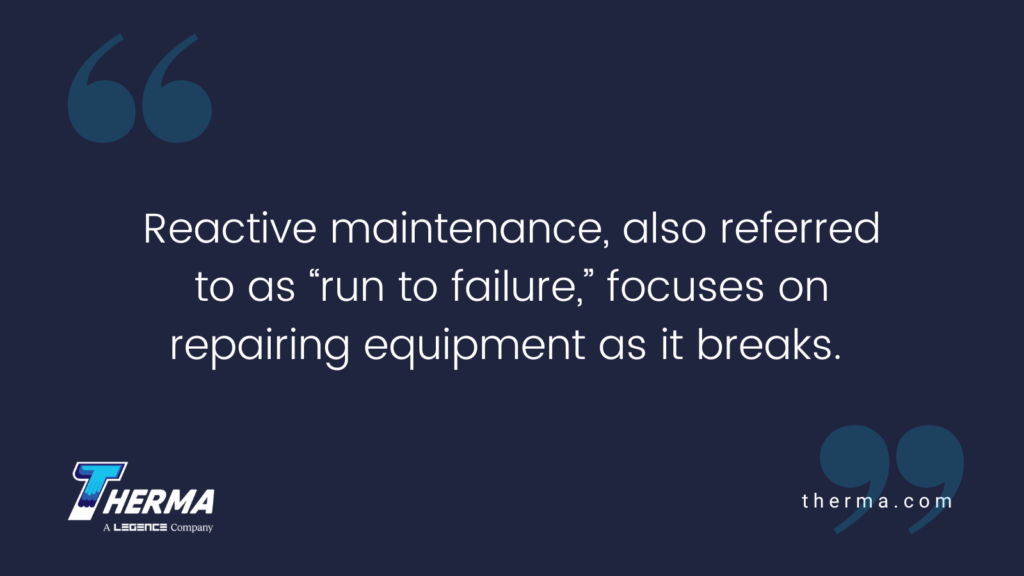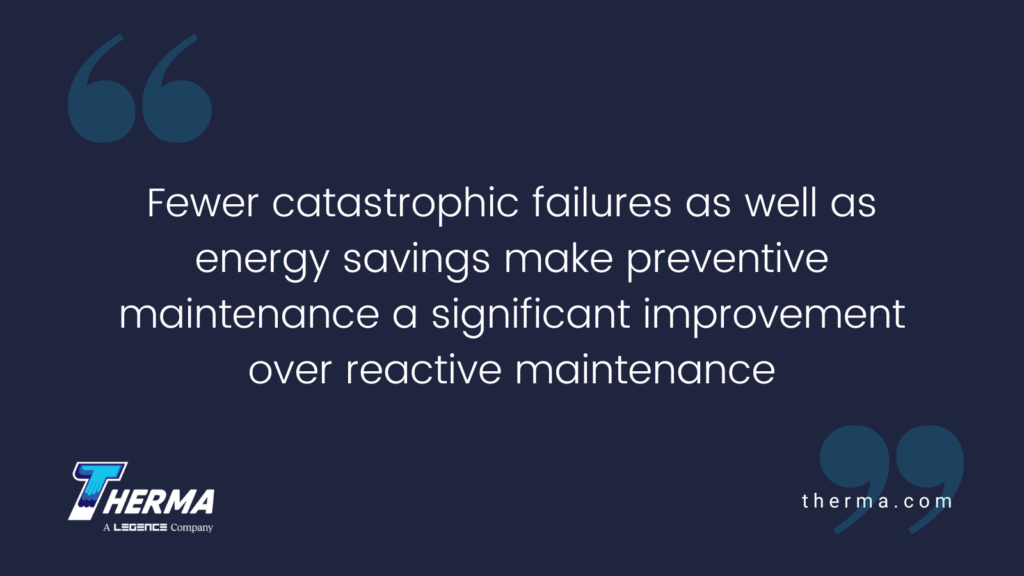by Patti Dees
Preventive maintenance (PM) and predictive maintenance (PdM) both focus on stopping problems before they start, but there are key differences that can impact potential savings.
Managing Maintenance: Preventive vs. Predictive Maintenance
Maintenance and asset management styles are generally split between reacting to problems after they occur or trying to avoid issues before they can impact the system.
In the first case, reactive maintenance, also referred to as “run to failure,” focuses on repairing equipment as it breaks. This leads to higher costs and waste, as well as added downtime for repairs.
The second asset management style includes preventive maintenance (PM) and predictive maintenance (PdM). PM and PdM both reduce equipment failure of building automation systems (BAS), plumbing, data centers and more, and thereby save money. Their goal is to extend the life of the equipment by keeping it in good working order. Often thought to be the same approach, these two types of maintenance actually differ.
Preventing Failure
PM focuses on scheduled tasks and best practices to keep equipment in good order. While equipment still deteriorates and failures still occur, tasks are meant to keep equipment in the best shape possible. Fewer catastrophic failures as well as energy savings make PM a significant improvement over reactive maintenance. Savings can range from 12% to 18% according to the Operations & Maintenance Best Practices, Release 3.0 guide provided by the Department of Energy (DOE).
Some tasks are completed whether they are currently required or not simply because the tasks were slated as part of a maintenance plan. This can make PM labor-intensive and may create unnecessary waste.
Predicting Failure
PdM uses data to focus maintenance resources on the most likely component to need work. Instead of focusing on a schedule, the condition of the equipment determines maintenance decisions. Because the equipment is only down to remedy a noted issue, PdM boasts less downtime and improved safety than PM, as well as the elimination of potentially wasted resources. The DOE estimates this can save a further 8 to 12% over the cost savings from PM. An additional benefit touted by the DOE is that PdM “all but eliminates catastrophic equipment failures.”
Two disadvantages are the investment needed for data collection and analysis, and the training needed for staff to be able to use the data to make effective decisions. PdM requires sensors and other equipment for measurements, data communication and storage, as well as training for staff to be able to put the data to use. Under PdM, staff need to not only understand the equipment, but the significance of the measurements taken and their analysis. Because of these factors, management may not recognize benefits at first. However, for PdM to pay off, dedication is key.
5 Considerations for Preventive vs. Predictive Maintenance
Management and owners should consider several factors when determining if a specific maintenance philosophy would serve their equipment best.
1. Investment Costs
Data collection and processing require upfront investment. For some facilities, the initial costs may be prohibitive, and they may be better served by prevention than prediction.
2. Amount of Acceptable Downtime
For highly specialized facilities or those considered to be mission-critical infrastructure, the extremely low risk of catastrophic failure and the reduced downtime seen with PdM can be especially appealing.
3. Conservation of Resources and Manpower
PM and PdM require differing amounts of resources and man-hours. Managers need to evaluate how each style would tap into their current staffing pool or supplies.
4. Equipment in Place
Not every building or business needs to invest in the latest sensors and data analysis software. If staff are currently collecting data for some equipment and the communication infrastructure is already in place, the investment for PdM drops significantly. It may be worthwhile to consider expanding data collection capabilities or in reviewing how current data can be used most effectively.
5. Creating a Hybrid Approach
Both maintenance styles save money compared to reactive maintenance and many facilities find a hybrid system works best for them. For the hybrid approach to work, planning is required to avoid a haphazard smattering of tasks that satisfies neither PM or PdM goals.
It’s All in the Approach
Establishing plans for PM or PdM facilitates future success and maximizes savings and the longevity of equipment. Working with professionals, like those at Therma, eases the process for identifying which maintenance approach makes the most sense for a facility and how best to institute it.
Patti draws on her background as a chemical engineer to share information with readers on technology, manufacturing, and construction.
Sources
Department of Energy – Operations and Maintenance Best Practices: A Guide to Achieving Operational Efficiency
Plant & Works Engineering – Predictive vs. preventive
FTMaintenance – Keeping Assets Healthy: A Complete Guide to 4 Types of Maintenance









